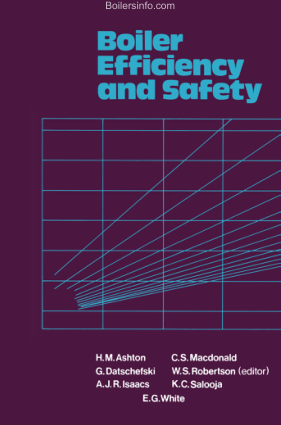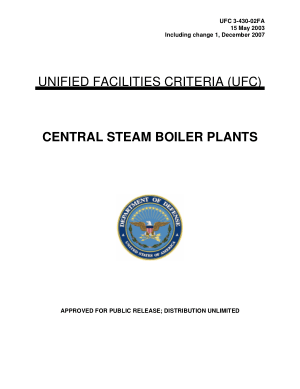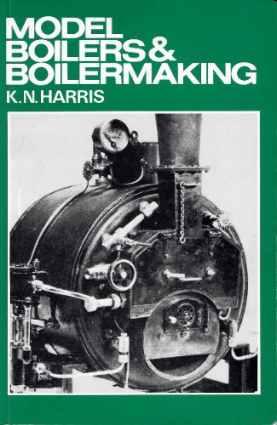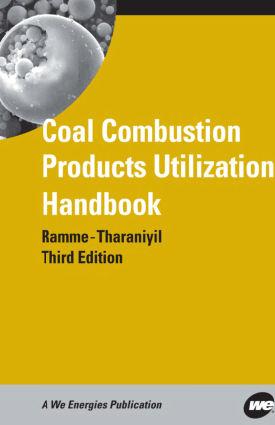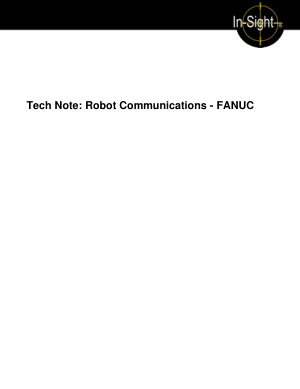Contents
Preface vii
Safety 1
2 Types and selection of fuel oils 6
3 Combustion processes and monitoring 13
4 Combustion in practice 24
5 Water treatment 39
6 Boiler operations 56
7 Maintenance 71
8 Efficient use of steam 109
9 Training courses and material 121
Index 137
Preface
This book covers practical steps to achieve fuel – and money – savings in one
specific area: for package steam boilers of up to about 10 MW output. The
authors know its content achieves savings – they have achieved them in their
own organisation.
The book is written principally for managers responsible for automatic steam
boilers, and for supervisors and operators who run them. It gives managers the
background data that they need to ensure their equipment is operated at maximum
efficiency. It also gives operators the basic information they need to carry
out efficient boiler operation. The book is not primarily intended for professional
engineers: they are likely to know it all already, although some may appreciate a
reminder of a few basic points.
The content of the book springs from a programme on boiler efficiency and
safety introduced in Esso Petroleum Company marketing plants. That programme
for plant managers and for operators saved £60 000 in fuel costs in its first year.
The Boiler Efficiency and Safety Training programme was later made generally
available to industry as an audio-visual presentation on filmstrip/tape and on
video.
However, since audiovisual techniques are not always applicable, this book
has been written, mainly by those involved in the original programme, to expand
on the information in the programme and to make it more widely available.
The book begins with a discussion of vital safety factors. It then briefly
covers the types and selection of oil fuels. Although the book as a whole uses
oil-fired boilers as examples, only chapter 2 on types and selection is exclusively
concerned with oil fuel – much of the remainder applies equally to gas firing
and, to a lesser extent, to solid-fuel firing.
The book deals in some detail with the theory and practice of combustion
and of water treatment. This is followed by a chapter on boiler operation and a
comprehensive chapter on maintenance. The chapter on steam use stresses the
important but sometimes overlooked point that savings here can be many times
as great as savings in steam generation. Finally, there is a chapter on training
courses and information for operators and managers.
The authors gratefully acknowledge permission from Esso Petroleum Company,
Limited to publish their contributions. However, responsibility for the content
and for any errors that may have persisted in it is theirs alone.
